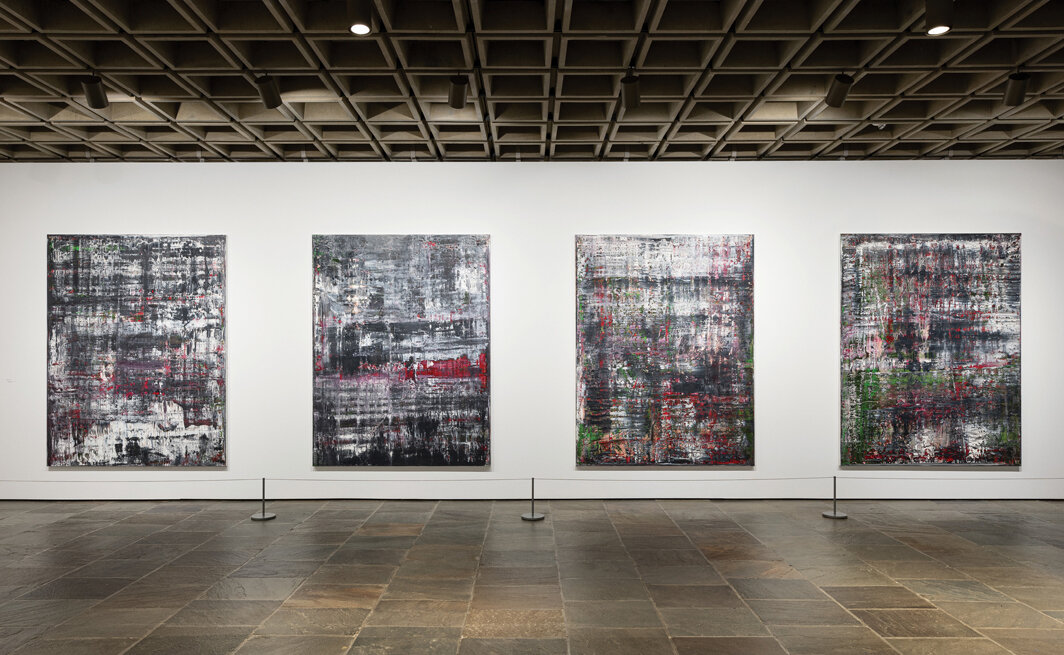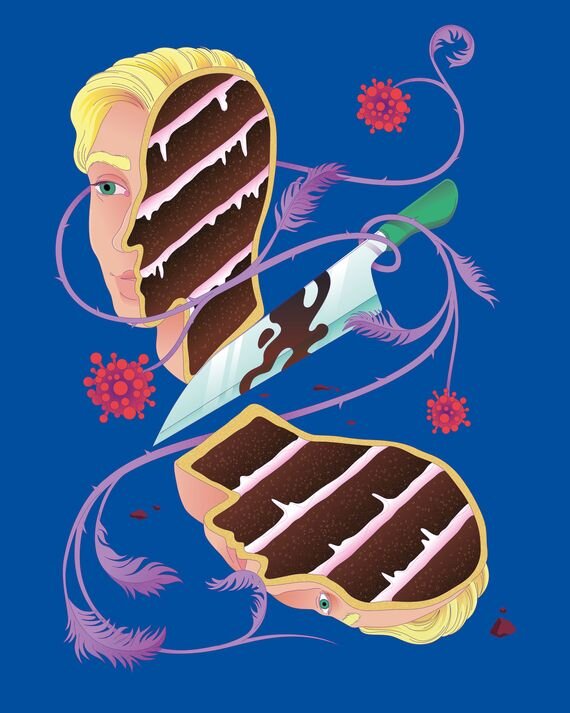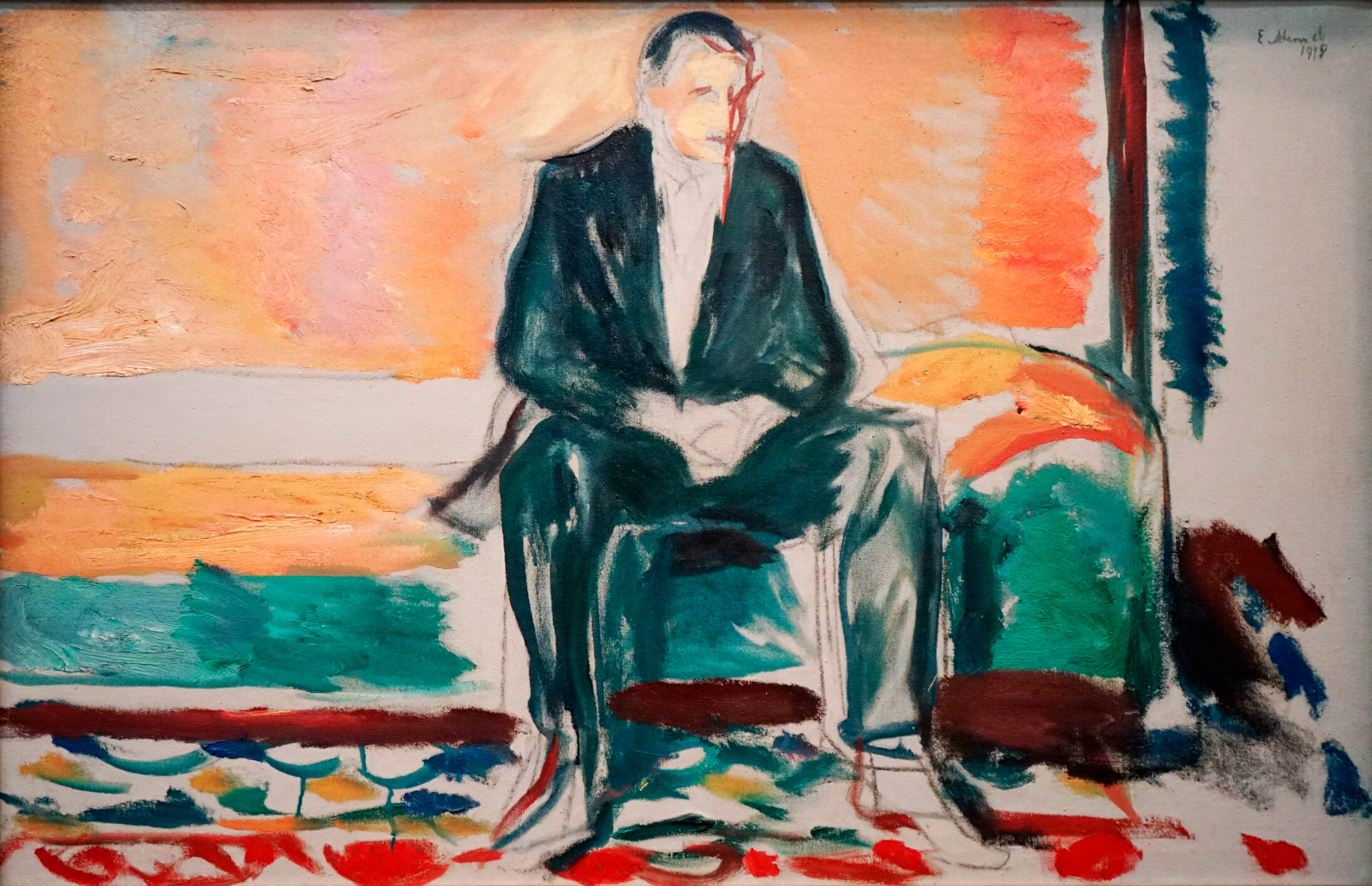Over the past few months, I have been thinking a lot about artists and creatives who lived through the 1918 Spanish Flu pandemic, and for those who follow my round-up, you may have noticed my feature images have often been artworks directly related to this moment in history. This week’s feature artist, Edvard Munch, is perhaps the most cited of this period as he was both a survivor of the pandemic, but also an artist who continued to make art and self-portraits even as he suffered from the ravages of the deadly virus.
Edvard Munch, The Scream (1893)
Many people of course know Munch through his iconic modern painting The Scream (1893)—an image that ushered in the sense of anxiety and uncertainty that was felt by so many in the fin de siècle era. It is a work of art that also signaled the way Munch would help propel a methodology of painting that was more invested in emotional resonance—expressionism—and less so in mimesis— imitation. "I do not paint what I see, but what I saw” said Munch. As his career progressed into the period of great loss and despair associated with both WWI and the Spanish Flu, Munch would continue to capture the world around him through hundreds of unflinching sketches, etchings, woodcuts, and paintings. And while many critics in his day called Munch’s works unfinished, bleak, and rough, Munch drew on his own experience of documenting fragile health—he had for example painted compositions of his mother dying of tuberculosis as a teenager—as a way to capture the truth of moments that often go undocumented or, worse, sentimentalized.
See the gallery I have assembled below for an example of some of Munch’s compositions from 1918-19 in a range of media—works that speak to us now in new ways, but with the same emotional charge as originally conceived by the artist.
A few more things before the round up:
For film nerds and Orson Welles fans out there, be sure to check out the movie Mank on Netflix—a biographical film directed by David Fincher (Curious Case of Benjamin Button (2008); Social Network (2010); Gone Girl (2014)) about the screenwriter Herman J. Mankiewicz who co-wrote the screenplay for Citizen Kane (1941). Having taught Citizen Kane for many years in my film courses, I especially enjoyed all of the nuances of both the screenplay and the cinematography of Fincher’s film that mirror the original classic.
Speaking of excellent screenwriting and cinematography, I was finally able to watch the special episode of Euphoria that dropped earlier this week on HBO. The extended scene of Rue (played by Zendaya) and her sponsor Ali (played by Colman Domingo) discussing addiction, survival, and life’s purpose is among the most powerful scenes I have watched all year on television. A must-see series if you have not already watched, and this bonus episode was timed well for our Covid moment.










Quarantine Brain: Nothing made sense this year — unless you were on the internet.
Here and Now: Baserange’s Marie-Louise Mogensen Believes Fashion Has to Invest in Uncertainty
Two new books have different takes on the question: just what is Islamic Art?
Seeing grief and longing in art | Senga Nengudi’s "R.S.V.P. I" (VIDEO)











